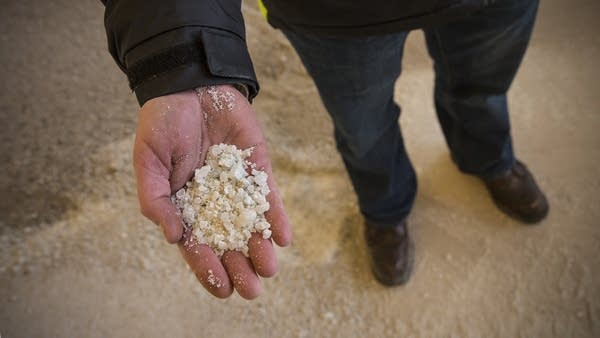Are there eco-friendly alternatives to road salt?

Over the last few years, the Minnesota Department of Transporation has been cutting back on using salt to melt ice on the state's highways.
Paul Middlestaedt for MPR News
Go Deeper.
Create an account or log in to save stories.
Like this?
Thanks for liking this story! We have added it to a list of your favorite stories.


